Fellowships
The CAH Fellows Program supports research and creative work in the arts and humanities by faculty and students. Each year a cohort of faculty and student fellows pursue projects funded by the CAH, develop collaborative programming based on those projects, and join each other in community-building both on and off campus.
Faculty Fellows
We are pleased to announce our 2024-2025 cohort of CAH Faculty Fellows.

Justin Clardy (Philosophy), "Civic Indifference and Black Suffering"
Prof. Clardy's (he/they) project "Civic Indifference and Black Suffering" analyzes Black suffering, social exclusion, and socio-ontological dispossession and it seeks to draw out the parallels between Afro-pessimism and an interpretive philosophical framework called "civic indifference." In developing this framework, the project takes a cue from Saidiya Hartman who situates the Emancipation from slavery as a "non-event" and Fred Moten who asks whether the socio-ontological category of "humanity" permits us to understand the social life (and social death) of those marked "Black." By redirecting our attention away from de jure social and political changes and toward our socio-ontological orientation of indifference toward Black suffering, the project helps us better understand the peculiar nature of Black suffering and what Black folks mean when they say "the more things change, the more they stay the same." Click here to learn more about Prof. Clardy and their research program. Check out Professor Clardy's website here.

Heather Clydesdale (Art and Art History), “Building Public Character in Taiwan”
Architecture appears as form and mass but creates meaning as space and spirit. Professor Clydesdale’s project focuses on buildings and environments designed by Taiwanese architects since the turn of the twenty-first century. She is investigating design processes, aesthetic principles, and how people activate sites as they move through and use them. From conception and construction to the manifestation of places in a community, the defining feature of new Taiwanese architecture is a spirit of “public character” (gonggong xing 公共性). Taiwan’s tangled cultural legacies, staunch commitment to sustainability, and a political system that promotes public engagement are foundational to the emergence of these works that, although avant-garde, are not altars to the egos of architects. Instead, from nature centers and theaters, bus depots, and high-speed rail stations, to schools and cemeteries, Taiwan shows how architecture, sustainability, and democracy can preserve local heritage, connect people to natural environments, and promote civic engagement. This, in turn, suggests that contemporary Taiwanese architecture can offer lessons for architects, city planners, officials, and the public in other places in the world. Check out her profile here.
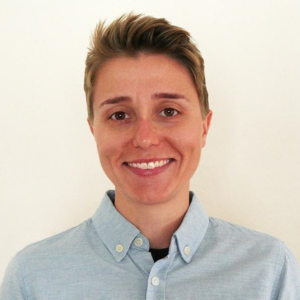
Jess Eastburn (Art and Art History), “Wayfinding”
Eastburn’s research focus in the 2024-25 academic year will be an investigation of the idea of home: how we define where home is, from the idea of hometown and the places we know from our earlier lives to the homes that we find and forge for ourselves in adulthood. Through art exhibitions in Oregon and California, and opportunities to engage the community through art
making and public art opportunities during the year, Eastburn’s work will focus on how they navigate the concept of home by exploring place how it defines and shapes us, and how human connections are forged through art.
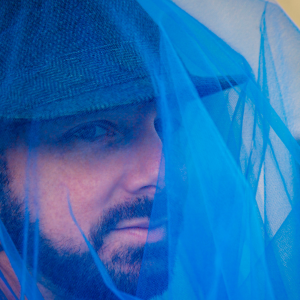
Miah Jeffra (English), “Summer of the Locusts”
The Summer of the Locusts continues Jeffra's work addressing social inequity and examining whiteness as a settler-colonialist construct in its contemporary articulations (family values, pop culture, politics). This project concerns the friendship of two pre-teen boys growing up in a trailer park in rural Appalachia, inspired by a combination of ethnographic fieldwork and interviews that Jeffra began in the summer of 2022. The story is set in a town where an inmate from the local penitentiary escapes and is purported to be living in the woods beyond the trailer park. This incident catalyzes a series of events that center the two prepubescent protagonists within a field of scrutiny, requiring them to negotiate their friendship, their identity, and how they want to be seen within their community. The reportage connects social inequities to toxic masculinity, domestic violence, and poverty by examining how young men process and respond to such prevalent influences as they grow up. Jeffra plans to return to Appalachia to complete their fieldwork, which will inform the final choices for the novel's structure, and commence the prose writing. To learn more about Professor Jeffa's Profile click here. Check out Professor Jeffra's website here.
An exciting part of these projects is how they will engage with students, faculty, and community partners. Stay tuned for more details about these collaborations.
Student Fellows
We are pleased to announce our 2024-2025 cohort of CAH Student Fellows.
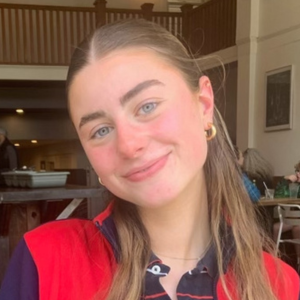
Isabella Perlman ‘25 (Psychology; Italian, Spanish, and Retail Studies Minors), “Scrivere il Gusto: Cooking with Cura Personalis and Hand-Crafting Your Culinary Narrative in a World of Prefabricated Palates” (Advisors: Marie Bertola, Italian; Tim Urdan, Psychology; Melissa Donegan, English; Qiuwen Li, Graphic Design)
At the core of Isabella’s project, she will examine the difference between marketing faux “artisanal” food products labeled "Made in Italy," and the real, hand-crafted artisanal foods (cucina artigianale), with generations of tradition and history behind them. Isabella will explore how psychological concepts like cognitive bias and mimetic desire can shape marketing strategies. She hopes to empower her readers to recognize these false claims and encourage them to question any clichés, stereotypes, and biases they might engender about the country's culinary culture. Isabella’s project will consist of both physical and online components. The physical component will be a multifaceted recipe book with compelling stories, psychological research, photographs and sketches, and engaging activities. The other aspect will consist of a virtual exhibit, and an interactive version of the paper book. If time and resources allow, Isabella will also include an event aspect (for example, a book-release event or Q&A). By sharing these discoveries with her readers, she hopes to shift their mindsets on their purchasing decisions, eating practices, and the healing value of authentic (Italian) cooking. This all contributes to her overall effort to creatively and uniquely bring the text to life while breathing life into the text.
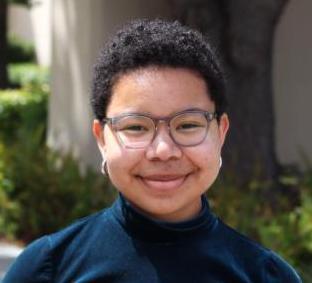
Kaitlin Webster ‘25 (Neuroscience and Women’s and Gender Studies), “A Black Feminist Investigation of Fashion” (Advisor: Melissa Brown, Communications)
Social media has had a profound impact on daily life, but existing research on social media has not focused on young women of color's roles in shaping culture online. Kaitlin's project uses Black feminist frameworks and qualitative methods to investigate one aspect of culture we embody online and offline: fashion. As a signifier of cultural affiliation and expression, fashion and beauty niches present an exciting model of the generation and documentation of women of color's representation online. Check out Kaitlin's profile here.

Katherine Ioffe ‘26 (Communication and Computer Science), “Beyond the Interface: An Ongoing Exploration of Design and Interaction” (Advisor: Heather Turner)
Katherine’s research project will focus on creating a user interface and experience that increases the ease of user education, experience, and learning. Each learning experience will be adaptive to each user, through a system of “Personalized Adaptive Learning”, or “PAL”. Specifically, this User Experience project will help teach the user to create a beverage through a series of steps and experiences. Check out Katherine's profile here.
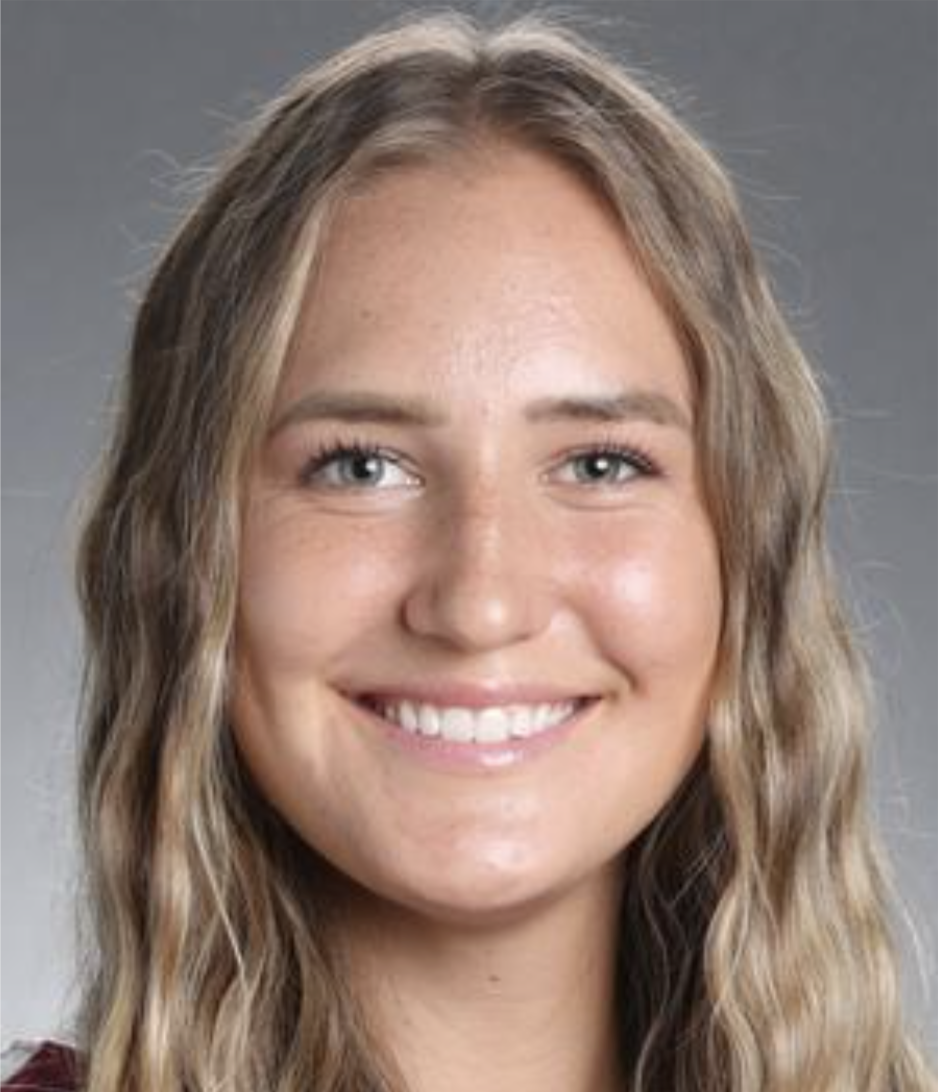
Lauren Grover ‘25 (Studio Art and Marketing), “Hidden Treasures in Silicon Valley” (Advisor: Ryan Carrington, Art and Art History)
Lauren will be painting a series of 10 to 15 paintings highlighting the joys of the human experience and the commonalities we share in places we treasure. Her goal is to remind herself and others that we all have a common goal to find fulfillment, happiness, and community. Using mixed media with watercolor as a base, the paintings will consist of architectural, natural, suburban, and populated landscapes. These locations hold significance to the people of Silicon Valley, and she aims to capture the happiness associated with them and unify people with her paintings. To learn more about her work click here. Check out her website here!
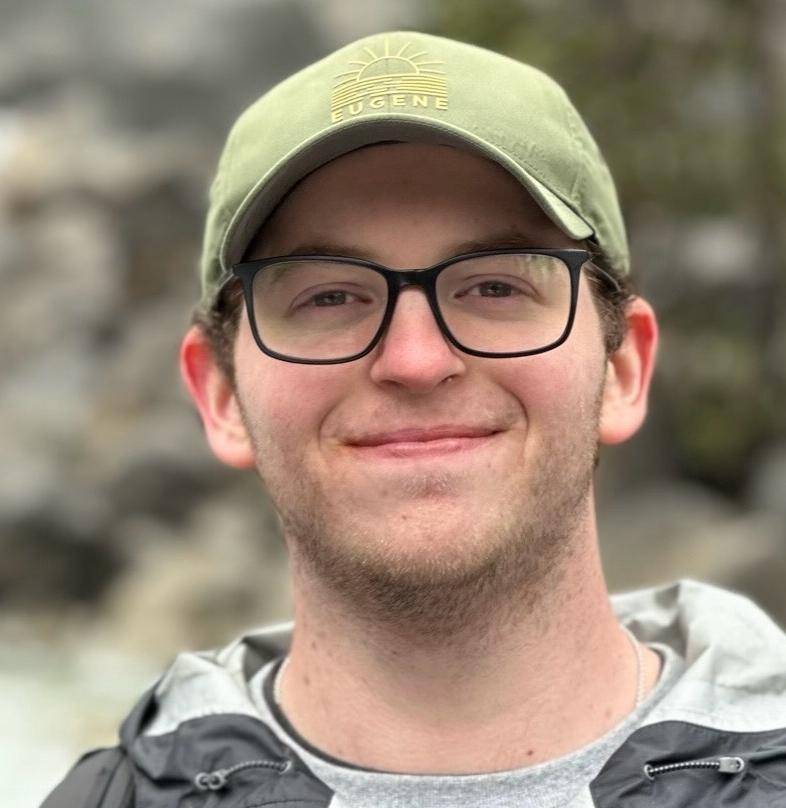
Nathaniel Hirschtritt ‘24 (Computer Science; Creative Writing Minor), “Poetry as Presence; Mindfulness Through Haiku” (Advisor: Daniel Summerhill)
Nathaniel will compile a manuscript utilizing a variety of poetry forms to capture the essence of mindfulness, exploring the meditative world of haiku. Titled "Poetry as Presence," this project seeks to delve deep into the practice of haiku as a form of mindful reflection and artistic expression. Nathaniel will craft a collection of insightful poetry centered around showcasing a complete view of the themes of mindfulness and presence that can be shown in haiku alone.
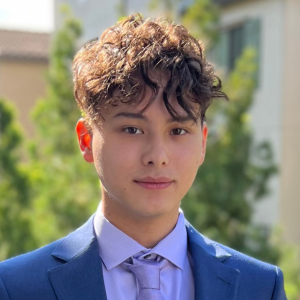
Samuel Cao ‘25 (History, English, and Religious Studies), “California's Bracero Program: Racializing and Legalizing Mexican Transportation.” (Advisors: Mateo Carrillo & Meg Gudgeirsson, History)
Sam’s project delves into California's investment, employment practices, and legal representation of Braceros during the Bracero Program's tenure. With a primary focus on the Chualar Tragedy, the event that precipitated the national Bracero Program's abolition, this study unravels the layers of legal representation and classification of Bracero injuries. It examines how injuries were categorized overall, the similarities and potential preventions of other tragedies during the program, and interrogates the reactive nature of California's legislative decision-making. Alongside the legislative perspective, the cultural upheaval that often accompanied Bracero's injuries will help situate the identities and rights Bracero and the “wetbacks” had during this time in greater American history.